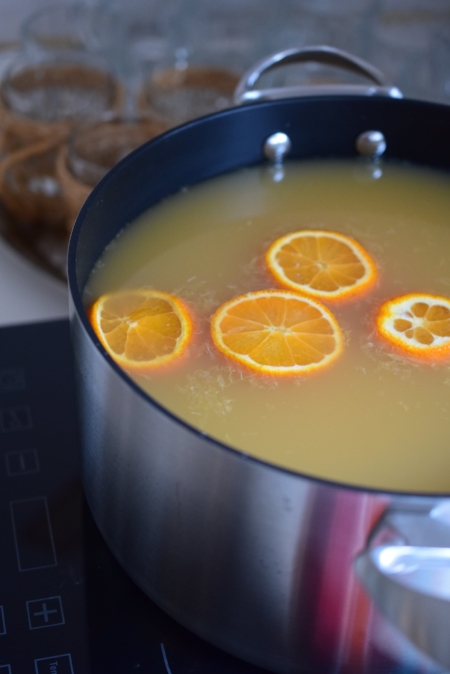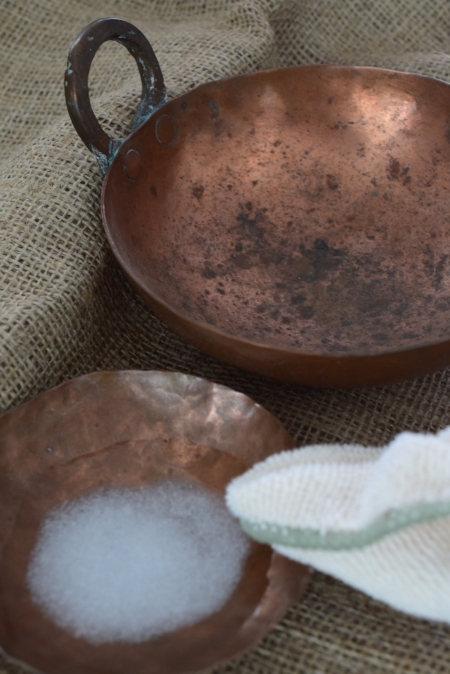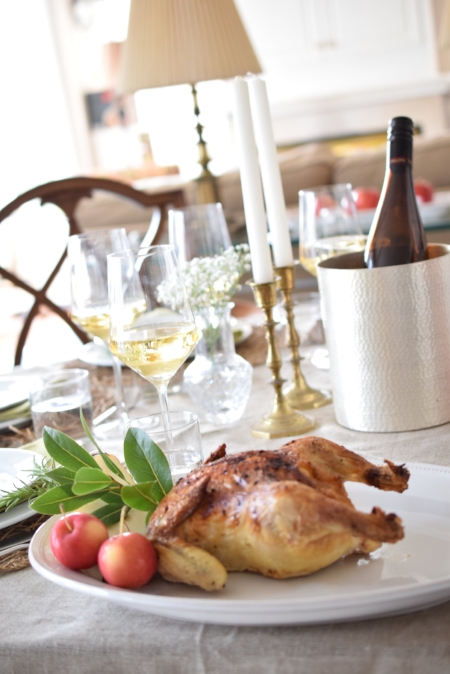On a cold blistery day, there is nothing that warms you to the core more than a delectable stew after hours of simmering. Crusty bread dunking in a delicious medley of tender veggies and falling off the bone meat…. must I say more?
Today I am rounding up some of the web’s top tips, including those from Jamie Oliver and TheKitchn.com, for stewing at your prime!
First off, start on the right path by avoiding these common mistakes:
Content provided by Kitchn.com
1. Using the wrong cut of meat.
· Beef is beef, right? Wrong! Stew is the ideal time to skip the lean, pricier cuts of meat and go for the less expensive, tougher cuts. The long, slow cook time leaves lean meat, like sirloin, tough and chewy, while tougher cuts, like chuck, break down and become tender.
· Follow this tip: Stick with using chuck meat. As it cooks, this cut breaks down wonderfully and rewards you with tender, delicious bites. Bonus points — chuck meat is also budget friendly!
2. Not searing the meat.
· Whatever you do, don't just add raw meat to broth and expect it to make stew. Also, when browning, don't stop at lightly browning the cubes. Searing the meat is an essential step for making a great beef stew. This is where the stew starts to build its deep, rich, flavor.
· Follow this tip: No, if, ands, or buts, you've got to sear the meat! Don't just brown it. Set the cubes of beef in a hot pan and let them cook for a few minutes until the bottom has a dark crust, then repeat that process for the other sides of the meat. It's timely, but you'll be rewarded with an extra flavorful stew.
3. Adding the vegetables too soon.
· Vegetables cook a lot quicker than beef, so there's no reason to add them to the pot at the same time. Add them too soon, and you'll be left with mushy (and unappetizing) veggies.
· Follow this tip: Add hearty vegetables, like carrots, turnips, and potatoes halfway through cooking. If you plan to include delicate vegetables, like peas, wait to add them until a few minutes before taking the stew off the heat.
4. Not cooking the stew long enough.
· Chuck meat is your best bet for beef stew, but it's also a pretty tough cut so it needs time to break down and become tender. Rush the cooking process and the beef will be tough and chewy.
· Follow this tip: For tender meat, cook the stew low and slow, for approximately two hours.
5. Serving your stew solo.
· Don't make your stew stand alone. Without bread or noodles how will you mop up the bottom of the bowl?
· Follow this tip: Serve stew along with egg noodles, polenta, or a thick-cut baguette.
And now, the moment we have been looking for, follow these essential steps for maximum results:
Content provided by Jamie Oliver
Base flavors
Investing in the base layer will pay dividends at the end. Do you want it spicy, earthy or rich? You can experiment with store cupboard ingredients and fresh herbs, but here are my tips.
· Pork loves apples, onions and juniper berries.
· Beef loves bay, rosemary and olives.
· Lamb works brilliantly with ground cumin and coriander, dried apricots and fresh ginger.
· Fish loves fennel, tomato and chili.
· Beans and green vegetables work beautifully with fresh soft herbs like basil, parsley and mint.
· Cook your onions until golden first to make for a sweeter caramelized flavor.
· Try big-hitting flavors like a smoked ancho or chipotle chili added with beef or a pinch of saffron with fish.
The main ingredient
Whether you’re going vegetarian or all-out meat, there are things to consider when looking for the best flavor:
· Root vegetables could be roasted first to help them keep a bit of body and take on a sweet flavor. Celeriac, rutabaga and squash take on wonderful flavor when coated and roasted with herbs and spices.
· Try using cheaper cuts of meat like neck, leg and shin or chicken thighs and legs, oxtail, livers or kidneys – you’ll probably get lots more flavor if you give them time in the oven. Rabbit, pheasant and Italian sausages all make for an even stronger taste.
· Mix more expensive fish like monkfish and prawns with cheaper mussels and clams – it doesn’t just save money, it mixes up flavors and textures.
Fillers and “bulkers”
Here are some cheap, healthy and tasty ways to bulk stews and make them go a little further:
· Grains like pearl barley, rice and pasta give extra body.
· Beans and lentils add extra protein and keep you fuller for longer.
· Potatoes are a cheap and easy way to bulk up a stew – they act like a sponge to suck up cooking liquid.
To thicken a sauce
There’s nothing sadder than a thin stew. If you don’t fancy cooking it for hours and hours until it reduces, here are a few things you can do to get that gorgeous rich texture.
· If you’re browning meat or frying onions, coat it in seasoned flour first.
· If you’re making a spicy stew, add a spoon of smooth peanut butter to the stew– it thickens slightly and adds a wicked depth of flavor.
· If you need to thicken the sauce later in the recipe, mix a spoon of flour with a little stock to make a paste and stir a little at a time into the stew.
Finishing touches
Once it’s out of the oven there is still lots you can do to make your stew look, smell and taste even better.
· Dumplings are a great addition to a hearty winter stew.
· Herby breadcrumbs or croutons are a lovely crunchy texture.
· A flavored chili oil or pesto works well with a light chicken or fish stew.
· Simply top with a few chopped fresh herb leaves.
For other terrific tips and hundreds of recipes, visit my website (thetabletogether.com). While there, consider “subscribing” and I will send a new tip or blog post directly to your inbox every Tuesday and Wednesday morning!
P.S. Make sure you check out my YouTube channel, The Table Together with Tiffany Lewis, solely dedicated to bringing all of these fantastic tips and recipes to life!
Cheers to starting a new tradition around The Table Together!
Sincerely,
Tiffany Lewis
Founder and true believer in the power of bringing people around The Table Together!




















